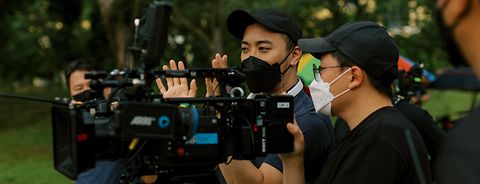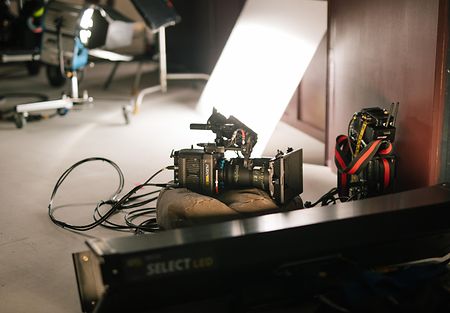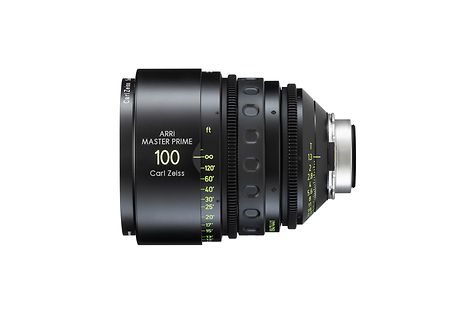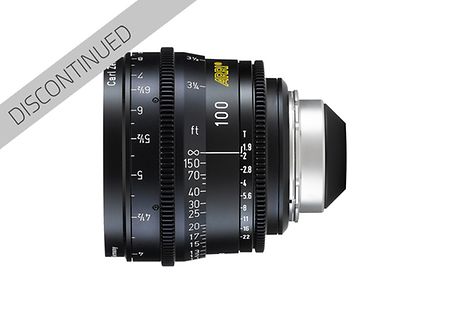Singapore’s Oscar-submitted film “Ajoomma” breaks cultural barriers, seamlessly blending filmmaking techniques from Singapore and Korea to create a look through the eyes of the film’s protagonist Auntie–a widow obsessed with “K-dramas” (Korean soap operas). The story follows Auntie as she travels to Korea for the first time. While there, she is accidentally left behind by her tour guide and is suddenly faced with an unforeseen adventure in an unfamiliar country.
“I wanted to tell the story from the quintessential Singaporean auntie’s point of view; someone who has taken that first brave step to put herself before others. It’s a journey that I want the audience to traverse with her, from the lush humidity of tropical Singapore to the wintry harshness of Seoul,” says director Shuming He.
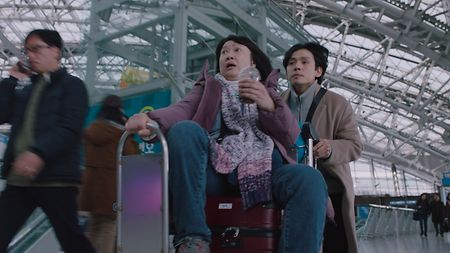
A still of Auntie and her tour guide at the airport in Korea
The team spent a lot of time designing the look of “Ajoomma,” playing around with ideas and references. Korean cinematographer Gyeong Hyeon Hwang explains: “The nuances differ slightly depending on the country where the story is taking place. While the Singapore sequences feel realistic and dry, the Korean ones feel rhythmic and adventurous. My biggest concern was how big of a difference there should be between the subtle tones and rhythms and how we can maintain a balance between the realism of Singapore and the melodrama of Korea. With these choices, we reveal the emotional changes within Auntie without being too obvious.”
“A good example is the saturation in the Singapore sequences. At first, I proposed desaturating the images during color grading to strengthen the realism, but it felt too gloomy and intentional. In the end, we decided to lower the saturation only by a little compared to the Korean sequences. This way, it was hard to see a big difference visually. What also helped was that the mise en scène in Singapore had a much stronger saturation than the Korean parts, so it was balanced,” continues Hwang.
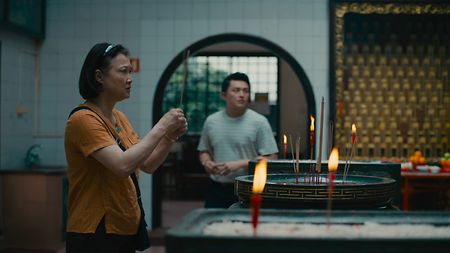
A still of Auntie and her son at a temple in Singapore
With the team shooting in different locations, they had to use two sets of cameras: The ALEXA Mini LF with Ultra Primes in Singapore and the ALEXA Mini with Master Primes in Korea. “The ALEXA Mini has tremendous advantages when it comes to mobility, especially in combination with gimbal equipment. We wanted the camera movement to gradually become more dynamic as soon as Auntie arrived in Korea, and setting up the Mini with the gimbal was effortless. Since this is a road movie, there were also a handful of car scenes. Similarly, the Mini was stable and easy to rig onto vehicles,” says DP Hwang. “We paired the Mini with Master Primes to achieve a sharper look, which I thought would reflect Auntie's feelings while in Korea.”
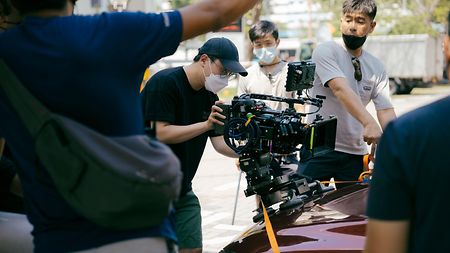
The ALEXA Mini LF and Ultra Primes rigged to a vehicle
As for the ALEXA Mini LF, cinematographer Hwang did not intend to use a large-format camera, but it was the only ALEXA available in Singapore during that time. However, this unexpected situation turned out to be a delightful twist. “The combination of the Mini LF and Super 35 lenses, which was not full frame but still provided a slightly wider angle and a shallower depth of field, created stunning images. It was extremely useful because I gained the privilege of having a few more lens options.” To get a more natural and softer look and, at the same time, minimize the image difference between scenes in the two regions, the production decided on using ARRI Ultra Primes with the Mini LF.
Thinking back to a particular time when ARRI equipment came in handy, Hwang recalls: “I remember shooting a couple of night scenes on a long apartment road in Korea. That was challenging because the whole space had to be filled with ambient lights. Thankfully, when shooting a dark night scene with enough ambiance, ALEXA cameras provide deep and clean shadow detail. As a result, we were able to shoot the scenes without any major problems. ARRI ALEXAs are the most stable cameras with outstanding highlight roll-offs and high sensor quality. It’s a universal fact.”
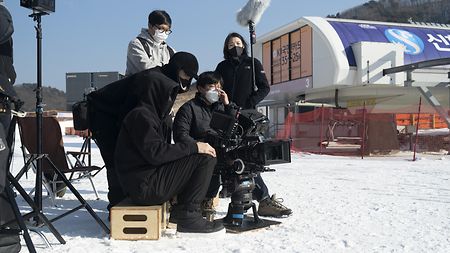
The ALEXA Mini and Master Primes capturing Korea’s snowy slopes
Beyond the storyline, the coming together of cultures was also reflected on set. As the first official Singaporean-Korean co-production, the film was brought to life by a mix of Singaporean and Korean crew members. “Language was definitely a challenge we knew we had to work on. There are cultural nuances that both DP Gyeong Hyeon and I had to understand, but film crews anywhere in the world are pretty much the same. Filmmaking really has its unique, deeply universal language,” says director He.
“The more I worked with Shuming, the more I could look into his thoughts. Sometimes just by looking at his face, I could tell if he liked a shot or not. We had more of an emotional exchange, and this approach made me more aware of the director’s ideas. It’s a unique experience to share the thoughts and feelings of people who differ in language and culture,” reveals DP Hwang.
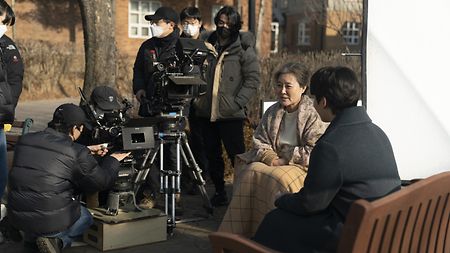
The cast and crew from Singapore and Korea
Despite the struggles, He and Hwang enjoyed collaborating with an international ensemble. “‘Ajoomma’ is a film with ubiquitous themes, and both cultures can definitely understand and relate to them,” says He. “It’s fun to see films from other countries and be able to sympathize with the characters. For filmmakers, it’s a great opportunity to expand our understanding of storytelling. And for audiences, it’s another chance to broaden their empathy,” adds Hwang.
